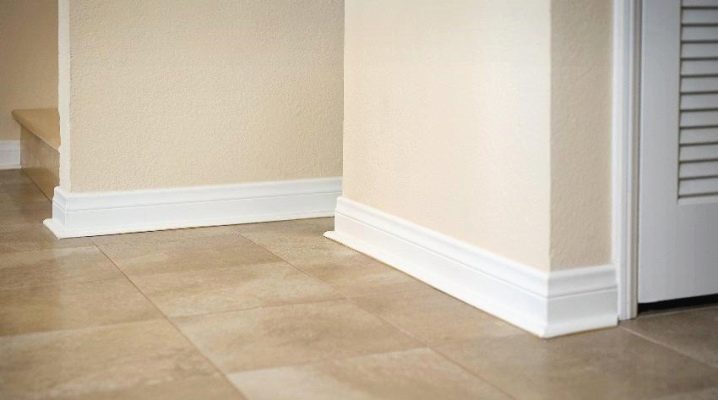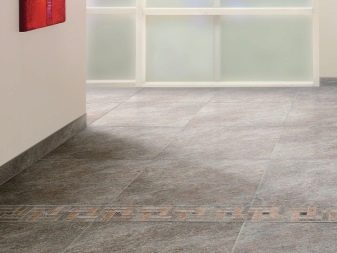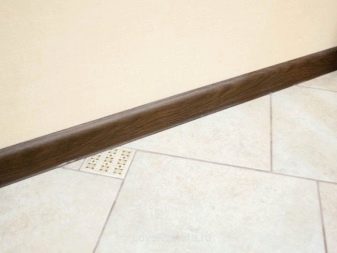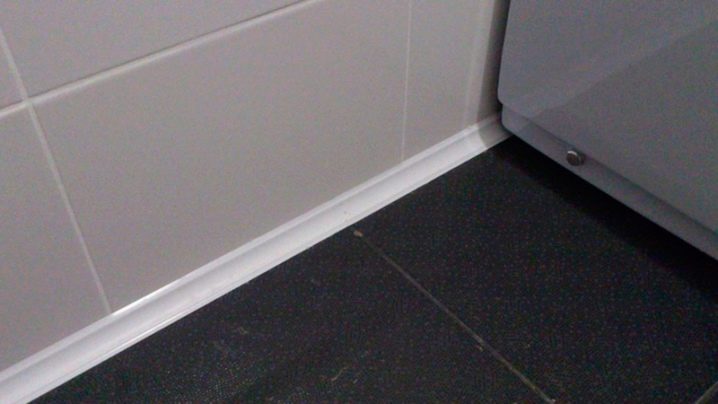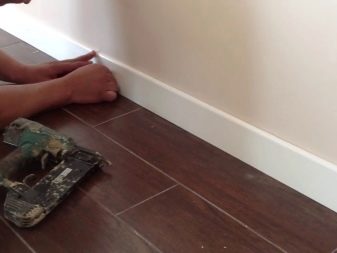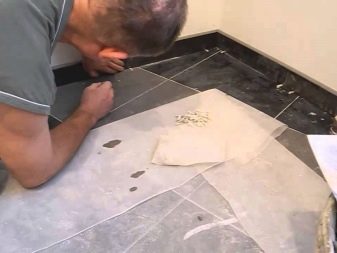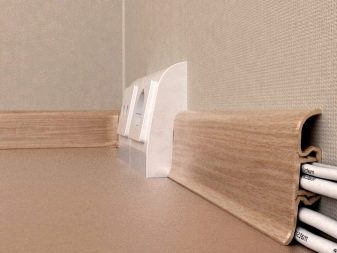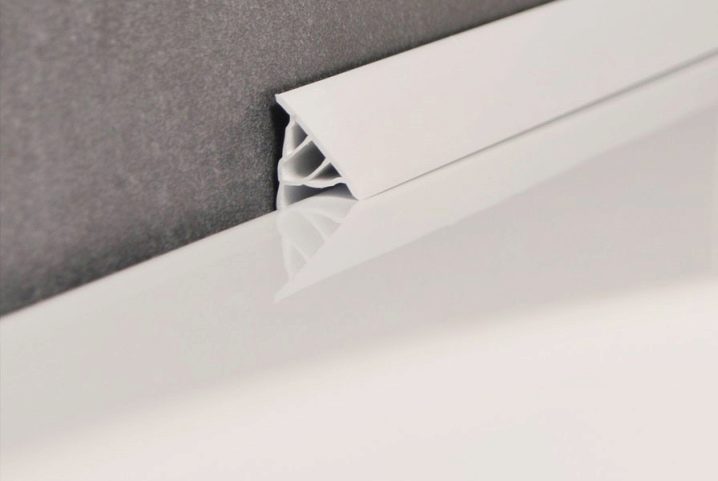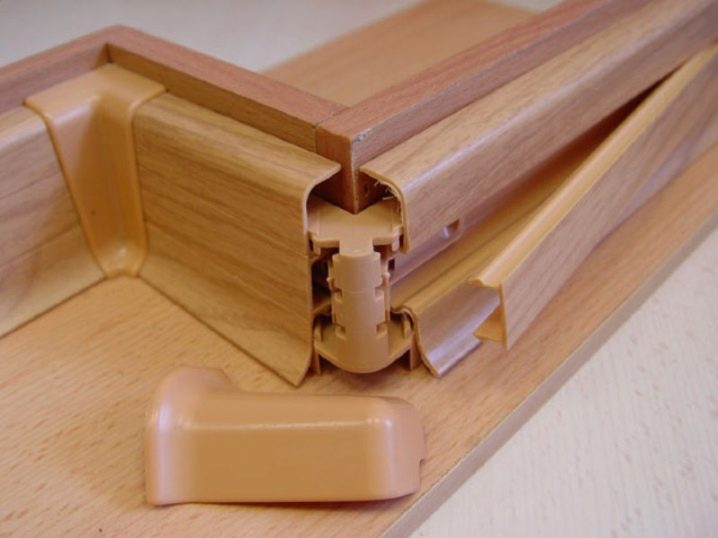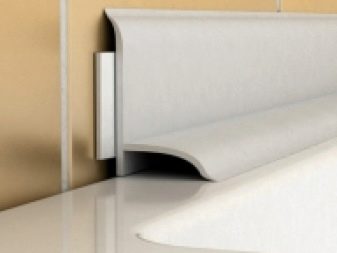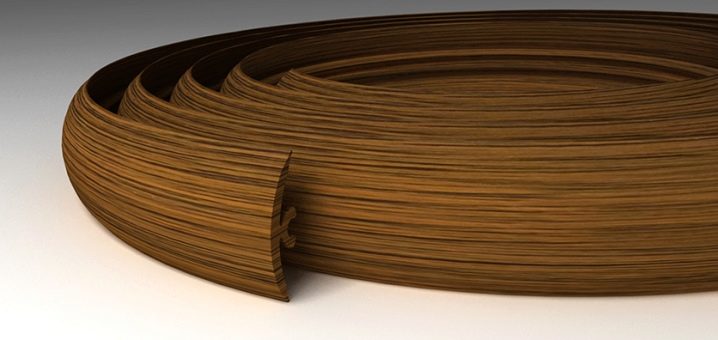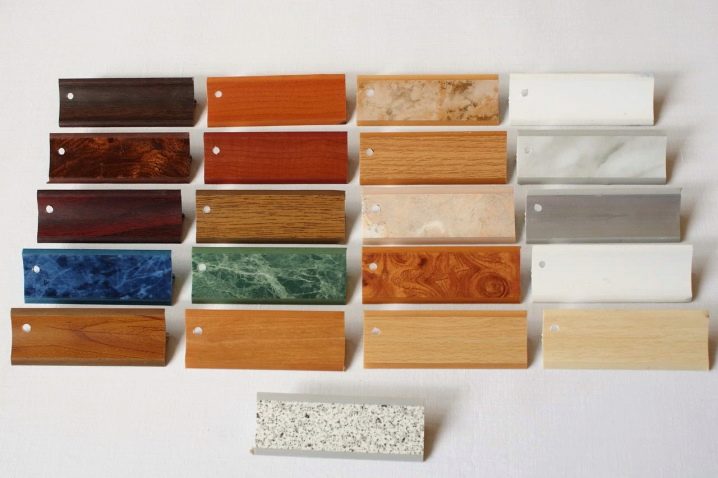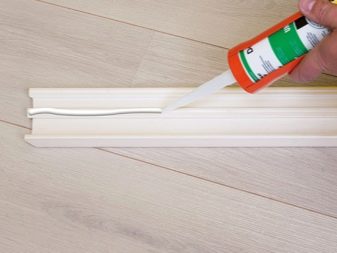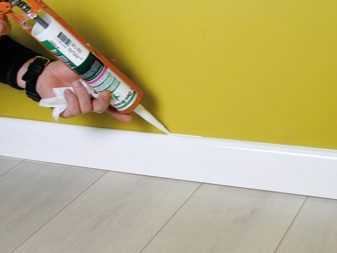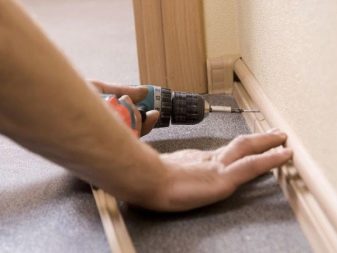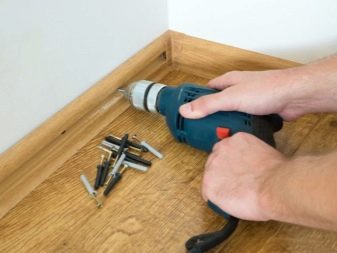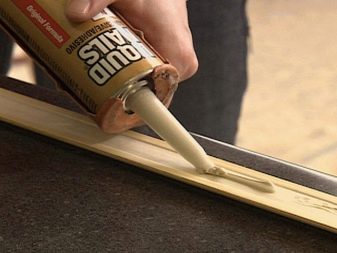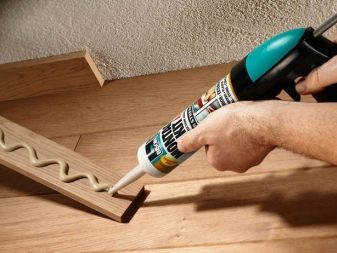How to choose a plinth for a floor tile?
To complete the work associated with laying tile on the floor, you need a plinth. It is necessary in order to hide the junction of the floor and the wall, being at the same time a decorative element of decoration. There are two variants of material suitable for use with ceramic tiles: plastic and ceramic. Each of them has its advantages and disadvantages.
Plinth functions
Before choosing a material, you need to familiarize yourself with the role played by the plinth in the interior. It performs a number of functions:
- Decorative. The plinth frames the floor and walls, underlines them, completes the design.
- Camouflage. With its help it is easy to hide the defects or wires remaining during the installation of the floor covering.
- If there are wallpapers on the walls, the baseboard additionally fixes the lower cut.
Materials
The plinth can be made from various raw materials, and in each case it has a number of specific characteristics.
Ceramic baseboard
This type of material has the following advantages:
- Life time. It is durable, does not lose its shape, does not fade.
- Strength. Material well maintains moderate mechanical loads.
- Beauty. Best of all, ceramic tile will look exactly with a ceramic plinth. In addition, using a ceramic curb, you can choose the shade and texture, similar to those embodied on the tile. They can be glossy or matte.
- Ease of care. A ceramic curb requires the same ease of care as a floor. It is enough to carry out wet cleaning regularly. Since chemical exposure is not terrible for ceramic tiles, any detergent can be used. Especially in this regard, smooth skirting with a minimum number of bends are convenient.
- Hygiene. Proper installation completely eliminates moisture. This prevents the development of mold and mildew.
- The material is not subject to fading due to direct sunlight.
It is better to choose a baseboard and floor tiles of the same manufacturer, because then they will be better combined. The most optimal option is to purchase both elements from the same collection, then they will make up the perfect ensemble in terms of compatibility (matching seams, sizes, minimized joints).
The disadvantages of this type are high, compared with plastic, cost and difficult technology during installation. The price depends on the manufacturer, the collection and the required size of the product, it can reach 7,000 rubles per item. The most expensive, attractive and durable samples of baseboards are made of porcelain stoneware. The suppliers from Spain and Italy, such as Keramex, Oset, Atlas, Kerama Marazzi, Italon.
Also disadvantages of this type are the complexity of installation, and the ability to easily damage the material during installation, exposing it to point punches. In the event of damage to a section, it is very difficult to replace it without affecting the rest of the structure.
The following recommendations will help you to make the right choice of ceramic plinth:
- Be sure to mix floor tiles and baseboards in color and texture.
- There should be no flaws, damages, defects in the pattern on the material.
- A sign of quality products are flat ends and the same flat back.
If the structure is planned to be laid on a flight of stairs, it may require quite complex corner elements and skills, in the absence of which it will be difficult to do this work alone.
Plastic baseboard
Plastic constructions are very popular, despite the relatively recent appearance on the market. The main advantage of these products is the ability to combine them not only with ceramic tiles.
The advantages of plastic plinth are as follows:
- The cost of the material is several times lower than that of ceramics. Choosing this option, you can save very well.
- Moisture resistant even in the case of direct water. Therefore, plastic can be used in any premises, including rooms with high moisture content, for example, in the bathroom.
- A light weight.
- Plastic is well cut. When heated to 70 degrees Celsius, plastic can be given any desired shape.
- Resistance to temperature extremes.
- Easy installation. There are several ways to install PVC plinth, among which you can choose the most suitable.
- Usually plastic skirtings are sold immediately with plugs, fixtures and other accessories necessary for installation.
- The flexibility of the material helps to hide small surface defects when necessary. For ceramics, on the contrary, the surface should be perfectly flat.
- If you choose the option with a cable channel, you can hide wires under the baseboard.
- Installing plastic baseboards, do not need to worry about accidental damage.
The disadvantages of this material are also:
- Unattractive appearance compared to ceramic samples. In combination with a plastic plinth, expensive ceramic tiles can look cheaper and easier.
- Instability to sunlight - under the ultraviolet of the plinth fade.
- If the plinth is not tight to the surface, then moisture will accumulate beneath it, which can later lead to the formation of mold or mildew.
- Does not withstand low temperatures.
- Not subject to restoration.
Having stopped the choice on a plastic plinth, it is important correctly to estimate its quality at acquisition. When buying, you must take into account the following conditions:
- The harder the design, the stronger it is.You can verify this by bending the edge of the baseboard. If, when bent, it is found that the edge is too soft, this indicates insufficient quality material. Only the edges on the upper and lower edges should be soft.
- On the color coating should not be defects and stains. This kind of flaws occur if the production is conducted on technologically old or faulty equipment.
- Monochrome plinths are suitable for a bathroom or toilet, and for other rooms, you can also choose the invoice options.
It should also be noted that, comparatively recently, another type of PVC plinth appeared on the market - flexible plinth. It will fit where the boundaries of the floor curves. Its chemical formula is somewhat different from ordinary plastic plinth, so it costs more and requires installation skills.
The choice between ceramics and plastic always remains relevant. Not everyone can afford expensive ceramic plinth. However, it should be noted that acquiring high-quality beautiful tiles, you do not need to frame it with cheap products of low quality.
Color selection
The most important condition is that the tint of the border corresponds to the color of the floor covering. A one or two tone difference is acceptable. If the colors are matched exactly to each other, the room becomes visually wider. If the walls are plain, then the shade of the plinth should be selected in accordance with the shade of the tile on the wall. If the tile has an ornament, then it is best to choose a white baseboard that will focus on the tile pattern.
It happens that the color of the floor construction is matched to the color of the door. Then it is necessary to take into account the dimensions of the door frame and the material from which it is made, otherwise the proportions of the space will be distorted.
Installation Features
Installation of ceramic baseboards is a complicated and time-consuming process, consisting of several stages:
- First, the base is prepared - the surface is cleaned of dirt and wiped with a damp cloth, after which it is dried.
- Further, with the help of a notched trowel, an adhesive composition is applied, and the element is gently pressed against the surface.
- After that, with the help of a level, the correctness of the position is checked, if there is a need, irregular areas are lined with a rubber hammer, in extreme cases - with a hand.
- When the glue dries, its surplus is removed, the seams are filled with a special jointing solution, which provides additional protection against water.
When installing a PVC skirting board, the technology is slightly different. The connection of individual elements takes place with the help of internal binding and decorative corners. Therefore, it is necessary to calculate the number of plugs that will be needed. Plinth can be fixed in two ways.
The first method is to mount the elements on the screws, which are screwed with dowels. To do this, the entire length of the plinth every 50 cm hole is made under the dowel.
It is important to remember that the hammer drill is not suitable for drilling tiles on the wall, as well as an electric drill operating in percussion mode.
If you do not want to drill the walls, then you can use another, even simpler method - liquid nails. If you select them, you will not need to drill the wall, the plinth is securely fixed on the surfaces.
If you use quality tools, installing a plinth will not cause difficulties.
To learn how to make a skirting tile, see the video below.
